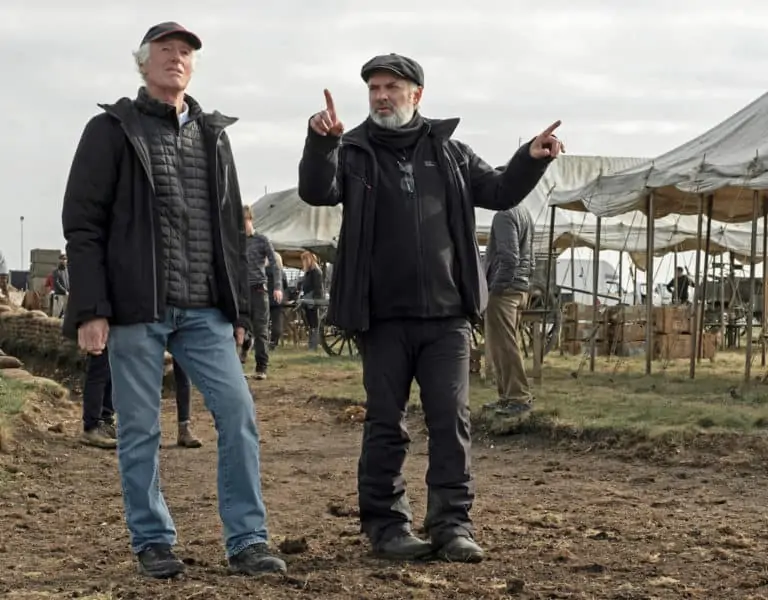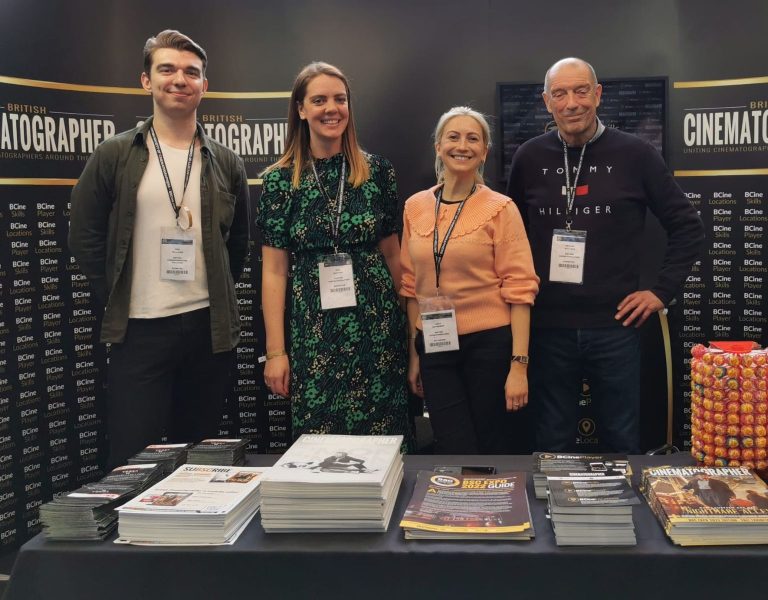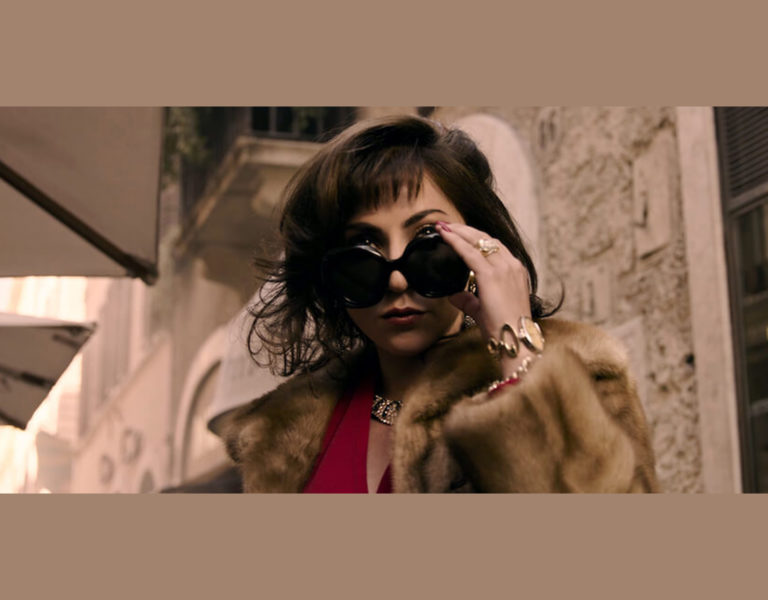Cinematographer Gavin Struthers ASC BSC on shooting docs, shooting drama and adapting the look for Apple TV+ show Invasion.
After a decade making blue chip British drama like Shameless, Secret Diary of a Call Girl, Holby City, Downton Abbey, Doctor Who and Last Tango in Halifax director of photography Gavin Struthers ASC BSC switched to photographing U.S productions like Da Vinci’s Demons, Marco Polo and The Witcher all while leaning on an earlier grounding in documentaries.
“What is great about docs is that the drama unfolds in front of you, so you need to make decisions on the fly,” says Struthers. “You are storytelling in real time. When I went into drama, I found it tricky at the beginning. It’s almost too much time, too many options. You have to stand back and see the whole story. You know how a drama is going to end whereas in docs you don’t know what is important to an audience until it’s happening.”
Struthers has a unique perspective not just on the nature of docs versus TV drama but on the different approaches of productions destined for UK broadcasters or US networks and streamers.
“Americans tend to understand the importance of good visuals more than producers of a UK terrestrial show. You are allotted a bigger budget and because of the influence of Hollywood your opinion as a DP is listened to more. If it’s not working for the cinematography, they will change the script or a location first. They take a positive approach to getting it done. There’s also more of a team effort to keep that production quality high.”
Working on shows like Black Sails (Starz) Struthers learned that preparation by DGA directors and production designers was as serious as if they were working on studio features.
“My job begins with page turns with directors where we go through story and pick the dramatic beats in each scene. We discuss at length what a potential location can offer. When we go on reccies – they call it ‘casting a location’ – and you don’t feel it would work for the script then the production will move on. Then comes the problem solving – prelighting a stage, pointing out where I want practicals, deciding where generators should go. We try to deal with any issues that arise so that principal photography, in theory, goes smoothly.”
Most directors, he says, want a location to “offer a sense of drama” which makes one wonder what he makes of the vogue for shooting against virtual backgrounds.
“A volume definitely has its uses but is no replacement for real locations,” he says. “For example, on Invasion, a volume was very useful for in-car travelling work because it allows the director to do multiple takes with multiple cameras without having to run cars on a low loader or chase the daylight.
“Also, on the day of shooting, the director will get the best out of the performers in that environment, but it doesn’t mean it’s cheaper. You still have to shoot plates and test in the space to see how the car reflects light. You end up employing a lot more people and having a much bigger footprint on the schedule based on the fact you will get better performances. I wouldn’t say it was something I would push for unless I know it’s a tricky scene to shoot live.”
Feeling the cinematic force
Struthers was five when he saw Star Wars at the cinema, an experience which cemented an already burgeoning interest in photography encouraged by his late father. By the age of nine, Struthers was developing and printing his own photographs in the family bathroom.
“I always had a camera on me, but I was more interested in practical special effects,” he says.
He built Airfix models and put lights and batteries in them to create alpha mattes of the type that ILM had pioneered for George Lucas. “I was aware of exposure and film stock quite early on, but I was driven by a love of ILM and practical matte paintings. It wasn’t until film school that I decided to study cinematography.”
The summer before going to NFTS found Struthers working in the call centre of a medical insurance company to pay off university debts. It was “pretty stressful” but inspired an idea for a doc that he pitched to Channel 4.
“It was the period of drama-docs like 999 and Airline and I thought that what I was doing combined holidays with emergencies, so I wrote up a pitch and sent it to four production companies. Touch Productions bought the idea and hired me as their consultant.”
Four Days in August was made as part of C4’s Cutting Edge strand and proved formative for Struthers’ career shooting documentaries and drama. Touch owner and director Malcolm Brinkworth guided Struthers on the shoot by writing little symbols on the back of his shoulder while operating camera. “‘Turnover’ would be a circle or ‘cut’ would be a line so I learned quite quickly from him what he found important and where his cut points were. I took that through to drama where you still need to know how it is going to be edited.”
Invasion
He shot a lot with Arri Alexa including the Alienist and three seasons of Black Sails but
has used RED cameras “pretty consistently” since 2016 when he shot the first season of The Witcher on Monstro 8K VV. He shot Superman & Lois on Monstro and switched from Sony Venice to RED when invited to photograph S2 of Apple TV+ sci-fi Invasion.
“I love the sensor. For me it’s still the most cinematic and filmic around. The other reason I like it is I can have a studio camera (MONSTRO VV 8K), a crash cam and film with drones (using the smaller KOMODO body) all within the same camera system so I don’t have to swap working spaces and workflow or codecs or lens mounts.
The impact of a large-scale alien invasion in Invasion is told from the point of view of characters living in different parts of the world. Season 1 used captions like ‘Brazil’ or ‘Japan’ to signpost changes in location but showrunner Simon Kinberg spoke to Struthers about changing this up for season 2.
“I was hired before the director and production designer, so Simon was my main collaborator when discussing how to break the series down. His chief instruction was that he wanted the pace to be a lot quicker. He wanted our characters to go on action road trips where they were proactive rather than reactive. That meant faster cutting and ideally no text captions.”
Using lens choices and filters Struthers devised different looks for each setting to give the audience an instant understanding of where they are. A set of Ultra Panatars created images with high contrast; using Auto Panatars gave a softer look. Both are anamorphic so he used spherical Zeiss Ultra Speeds for scenes in Europe.
“It worked. You could crosscut between them, speeding up the edit, and not be confused about where you were in the world.”


















